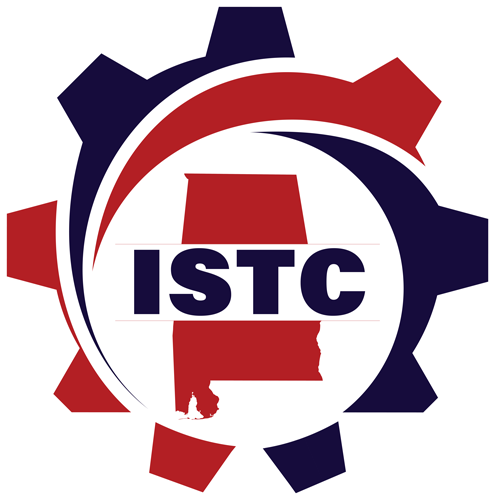
Welding
The Welding (WDT) program at J.F. Ingram State Technical College offers students an extensive 60-semester hour curriculum that combines classroom theory with hands-on practice in the laboratory. This program is meticulously designed to equip students with the knowledge, skills, and abilities necessary for successful entry-level employment in the welding profession.
Program Requirements
To earn a certificate of completion in welding, students must complete four academic courses totaling 12 semester hours, alongside all required career technical courses. The program also offers the opportunity to earn stackable short-term certificates and industry certifications, enhancing students' qualifications and employability.
Occupational Overview
Welders play a crucial role in various industries by using hand-held or remotely controlled equipment to join or cut metal parts, as well as to fill holes, indentations, or seams in metal products. This role requires precision and expertise, making the skills acquired through the welding program invaluable.
According to the Bureau of Labor Statistics, the median annual wage for welders was $47,010 in 2021. Employment in this field is projected to grow by about eight percent from 2020 to 2030, indicating a healthy demand for skilled welders.
Awards
Long-Term Certificate
Welding
Short Term Certificates
Construction Welding
Consumable Welding
Industrial Welding
Welding Certification with Pipe Certification
Industry Certification
National Career Readiness Credential
OSHA 10-hr General Industry Safety/Health
By enrolling in the Welding program, students are not only investing in their future but also gaining valuable credentials and experience. This program serves as a robust foundation for a rewarding career in the welding industry, opening doors to growth and advancement opportunities.
Electives may be offered to meet a student’s personal educational goals or for instructional purposes.
Program Contacts
Bradley Black, Instructor
St. Clair Correctional Facility
334-285-5177
bradley.black@istc.edu
Scotty Curry, Instructor
Tutwiler Instructional Center
334-514-3587
scotty.curry@istc.edu
Zeb Ferguson, Instructor
Limestone Correctional Facility
334-285-5177
zeb.ferguson@istc.edu
Chris Ingram, Instructor
Main Campus
334-514-1361
chris.ingram@istc.edu
Scott Nelson, Instructor
Fountain Correctional Facility
334-285-5177
scott.nelson@istc.edu
Billy Wesson, Instructor
Draper Instructional Service Center
334-514-8151
billy.wesson@istc.edu
